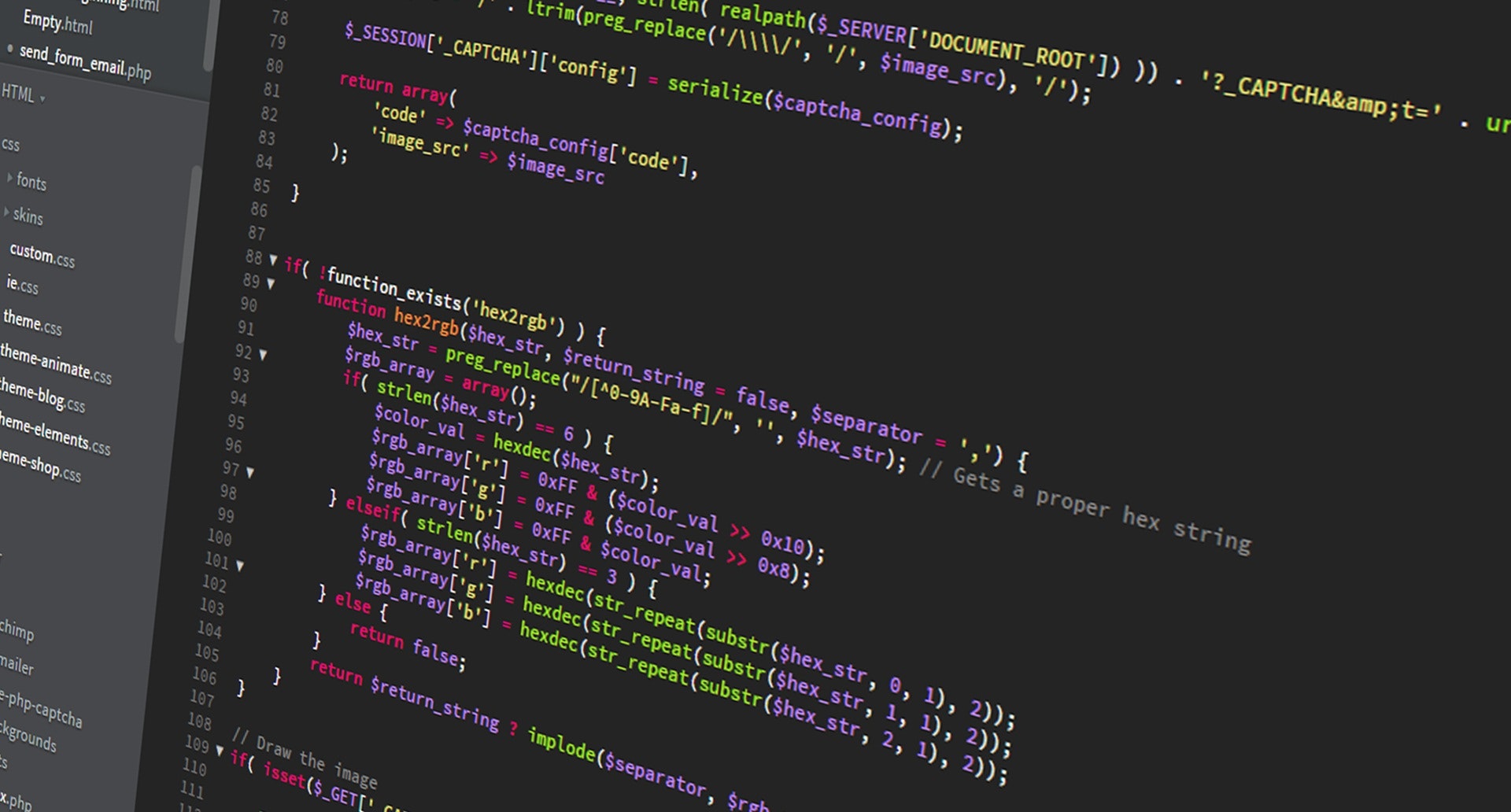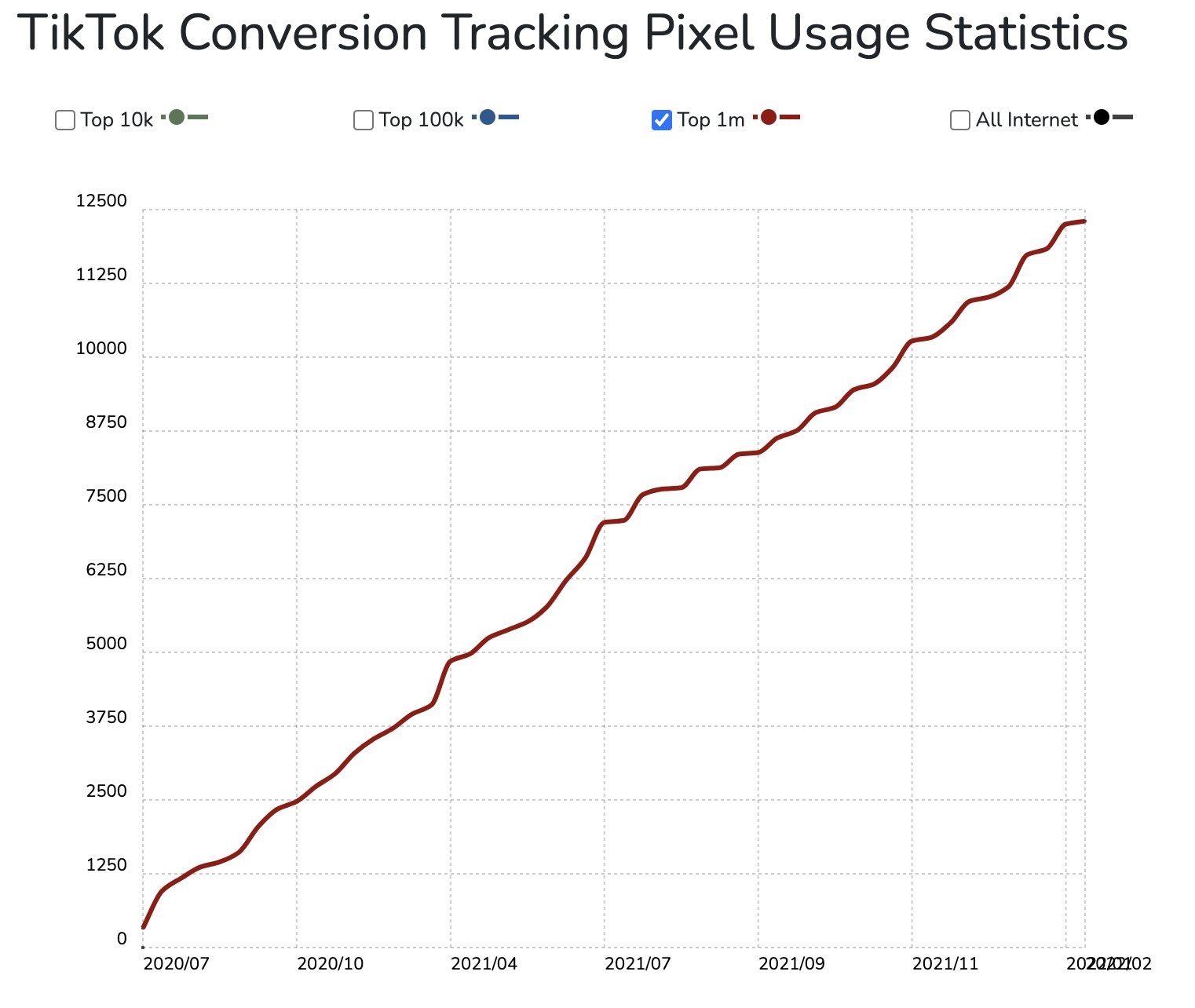With over 1 billion active global users, TikTok is driving significant growth and opportunities for brands of all sizes across various industries. TikTok’s video-focused content enables brands to connect with mass audiences and be part of the social conversation – it provides powerful tools for advertisers to launch campaigns, monitor data, manage ad resources, and optimize their advertising.
TikTok recently announced that on April 28, 2022, it will be enabling first- and third-party cookies for all standard developer mode pixels that were created before March 10, 2022. To help you prepare for this launch, this post will walk you through the benefits you can accrue from this change and what impact it will have on ads.
What Is a Cookie?
A cookie is a small piece of text sent to your browser upon visiting a website. Cookies help the site remember information about the visit, thereby making it easier for you to revisit a site. They help measure, optimize, and target your campaigns. When first- and third-party cookies are used together with Advanced Matching, performance is boosted significantly.
By pairing cookies with Advanced Matching, you can further supplement and optimize the matching of visitors on your website with people on TikTok. Some of the benefits of matching include:
- Boosting campaign optimization: Enhance bidding efficiency to increase conversion events.
- Expanding your reach: Matching helps you build bigger and better audiences who can reach your website via TikTok.
- Measuring full-funnel events: Advanced Matching optimizes attribution and reporting of all events with enhanced signals.

What Changes Will There Be When TikTok Enables 1st and 3rd Party Cookies
Given the delay in the depreciation of third-party cookies, TikTok has decided to activate the use of first- and third-party cookies. These cookies will supplement the existing event data already shared with TikTok and also optimize both the reliability and quality of event data.
Cookies typically save a visitor’s conversion events related to an ad campaign. On the flip side, a session ID is generated on the advertiser’s website, which saves information about a visitor’s every single visit, including page views and conversions.
With the looming update, TikTok will introduce new matchkeys:
- First-party cookies: These are created and owned by your website via the TikTok pixel. They can be enabled so that you can use them with your pixel.
- Third-party cookies: These are created and owned by TikTok through TikTok’s server. These cookies will always be on your pixel.
- Session ID: This is created by the TikTok pixel and records user event information for every visit to an advertiser’s site. Session ID works with cookies to enhance measurement, attribution, and targeting.
The activation of first- and third-party cookies will allow TikTok to recognize and learn about people who visit your website and the actions they take or don’t take. With this information, TikTok will deliver your ads more efficiently to people who are likely to convert. What’s more, TikTok will enhance the attribution of events to your ads and inform you how effective your events are at converting leads and growing your audience.

What Is the Effect of TikTok Activating 1st and 3rd Party Cookies for Their Pixel?
Creativity is super important, but strong ad performance is the solid foundation for a high-performing ad account. This is the reason why Facebook has been significantly impacted post iOS 14 implementation. Even with the best ad creative, performance would still be lower than it was before the implementation. Good creative isn’t as effective if you can’t target the right audience with your ads–even on a platform like TikTok.
That said, TikTok’s announcement of leveraging first- and third-party cookies is the right step towards improving their signals for advertisers. This will be different from the already existing Events API and Advanced Matching, which are helpful but not impactful from a matching standpoint.
TikTok’s identity layer is relatively weak compared to that of Facebook. Anecdotally, this is among the reasons why CRM audience uploads on TikTok are still in beta, and the match rates for emails range between 5-10%.
So what will be the impact of enabling first- and third-party data in the short term? And how will it be in the long term?
Short-term Impact of 1st and 3rd Party Cookies Activation
Here is an outline of the short term effects first- and third-party cookies will have on TikTok advertising:
Larger Retargeting Audience
One of the main ways of running ads for a client or a business is to build a qualified lead to use for retargeting ads. These audiences are valuable and can help keep the lights on, so to speak, while you are taking the time to look for new customers. Retargeting is an effective way of building your client base, given that it focuses your advertising spend on people who are already familiar with your brand and have recently demonstrated some interest. This is the reason why most advertisers use it to see a higher ROI (return on investment).
By enabling first- and third-party cookies, TikTok will make it easier track users across the web, enabling a larger audience for retargeting.
First-party cookies (which are created by the website owner) enable website owners to see which users return to their site. These cookies help ensure that the content advertisers display is tailored to their audience preferences and provides them with the best experience. These cookies collect analytics data that assess how users browse around a site. That said, first-party cookies aren’t effective when used on their own, but when used together with third-party cookies and session ID, they make it possible for advertisers to retarget larger audiences on TikTok effectively.
Needless to say, when you have the ability to retarget a large audience, the chances of converting them into customers are higher.
Accurate targeting is the backbone of a successful marketing campaign. It helps brands by ensuring that their ad dollars are working hard to reach precise audiences with ads that are relevant to them.
Better Measurement Across Browsers and Devices
Activating first- and third-party cookies will also improve measurement across browsers and devices–it will enable TikTok to identify and gather information about users who visit a given site. This includes how long they browse, their interests, the actions they take, and so on. This information will enable TikTok to deliver ads to people who are actually likely to convert.
Upon activation of the cookies, they will measure the number of unique visitors and track users’ interaction with your website, device specifications, clicks, and search history. This data helps facilitate targeted advertising and also gathers website analytics.
Simply put, these cookies won’t just help marketers and advertisers to achieve success by tracking user behavior; they will also help them measure and maybe even multiply it.
Improved Campaign Optimization
Activation of the cookies will also make the online activities of advertisers on TikTok easier by enabling them to recognize user behavior. Customer targeting is similar to a scenario whereby you walk into your local diner, and the waiter knows that you are a vegan so won’t serve you meat.
Cookies will improve the effectiveness of your ad campaigns. They enable you to monitor your visitors’ behavior and create content or products that are targeted to their interests and preferences. That way, you will give them a reason to come back to your website.
Upon enabling the cookies, TikTok will correlate event data to individuals who use your services to support the objectives of your ad campaign, improve the effectiveness of your advertising campaigns, and personalize the ads displayed to your audience.
In connection to improving the effectiveness of advertising campaigns, TikTok will use event data for delivery optimization only after combining such event data with other information collected from other advertisers to target consumers based on event data.
According to TikTok, you can expect to see approximately +50% more matched events by using cookies with Advanced Matching, which will result in more conversions and better ad performance.
Long-term Impact of 1st and 3rd Party Cookie Activation
So what will be the long-term effect of TikTok enabling their first- and third-party cookies?
Just like with Facebook (and other platforms), the use of online behavioral advertising gives TikTok the capability to target people based on what actions they undertook on the platform. For instance, if you visit David’s Bridal, TikTok will now know that you are in the market for a wedding dress and can use that intent data to serve you more wedding (dress) related direct response ads.
While TikTok might not fully leverage online behavioral advertising features immediately, this is a tool that TikTok will likely utilize more by the end of the year as it tries to figure out how to incorporate event data into their ad optimization model.
While TikTok pixel may not have nearly as many websites as Facebook, it is rapidly building its web footprint. According to BuiltWith, approximately 500,000 websites have the TikTok pixel installed. In contrast, Facebook’s pixel is in over 6.7 million websites. With more websites adopting TikTok, it should be able to target and optimize and become stronger over time with the use of online behavioral advertising.

Getting Ready for the Cookies
Here are some of the things you should be aware of as you get ready for TikTok’s update regarding the implementation of cookies:
- You should keep in mind that there won’t be immediate changes in other TikTok ad functions –this is because TikTok is only introducing cookies and updating Pixel.
- Cookies will only be available for TikTok Pixel, Developer Mode, and Standard Mode. It won’t be available for Events with API or Pixel Partner Integrations.
- While you can use the cookies without Advance Matching, the performance and matching capabilities will be less effective. To obtain the best matching of users and a more comprehensive understanding of how your ad campaigns are performing, it is recommended that you use Advanced Matching together with first- and third-party cookies.
- Evaluate the actions you should take to ensure that your website and privacy practices comply with regulations. For instance, this may include obtaining user consent where necessary or updating privacy disclosure where needed.
- Suppose you are required to obtain user consent for cookie usage; make sure that your website disables the setting and the usage of cookies when a user declines consent either by using a third-party consent manager or a TIkTok’s tag manager.
- Determine whether it’s a requirement that you obtain opt-in consent before you can transfer data to TikTok via the pixel.
- You should provide clear, comprehensive information to users in a sufficiently prominent notice regarding access to, collection, sharing, and usage of cookies. Always ensure that your cookie notices and disclosures are compliant with your practices. It is advisable to check with your legal representative for guidance.
How to Use Cookies with the TikTok Pixel
Any TikTok Pixels that were created after March 10, 2022, will use first- and third-party cookies by default. On the other hand, those created before this date will have cookies enabled after April 28, 2022. Users will be able to configure cookie usage in their Pixel Settings in the Events Manager. Here are your options:
- Use both first- and third-party cookies: When you use cookies with the Advanced Matching, you can further enhance and supplement the matching of visitors on your site with TikTok users. This option allows you to maximize your pixel’s attribution and matching capabilities.
- Use third-party cookies with TikTok Pixel: You can opt to only use third-party cookies by toggling first-party cookies using your TikTok Pixel. If you opt for this option, you won’t be able to maximize your Pixel’s attribution and matching capabilities.
Update (June 20th, 2022): Since writing this post, TikTok rolled out flexible attribution windows. While this won’t help with the system’s optimization, it will help improve measurement in-platform. You can read more about this update here.






